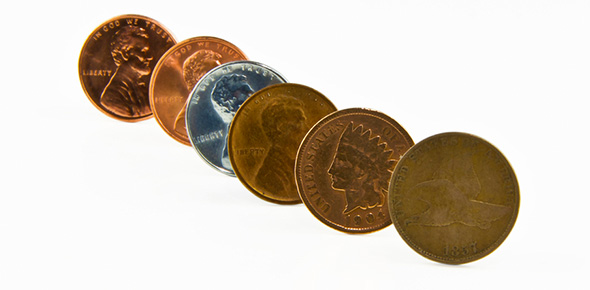Related Flashcards
Related Topics
Cards In This Set
| Front | Back |
|
Autopsy
|
The internal and external examination of a body after death. An autopsy is performed to confirm or determine the cause of death and to establish other predeath conditions, such as the type of food last consumed and the time it was consumed.
|
|
Ballistics
|
The study of the motion of bullets and their examination for distinctive characteristics after being fired. Examiners can use this evidence to match bullets or bullet fragments to specific weapons
|
|
Blood splatter
|
The pattern of blood that has struck a surface. This pattern can provide vital information about the source of the blood. Blood spatter can help determine the size and type of wound, the direction and speed with which the perpetrator and/or victim was moving, and the type of weapon used to create the blood spill.
|
|
Bloodstain interpretation
|
The interpretation of size, shape, orientation, and distribution of bloodstains on various surfaces. Information about the event can be derived from the proper interpretation of the stains.
|
|
Bullet track
|
The path of a bullet or projectile as it passes through matter, such as a body or a wall.
|
|
Caliber
|
The diameter of the bore of a rifled firearm, usually expressed in hundredths of an inch or in millimeters. For example, a Colt 45 has a bore of .45 inches
|
|
Catalyst
|
A substance that accelerates a chemical reaction but is not itself permanently changed by the reaction.
|
|
composite drawing
|
A sketch of a suspect produced from eyewitness descriptions of one or more persons.
|
|
Criminology
|
The study of criminal activity and how it is dealt with by the law.
|
|
DNA
|
deoxyribonucleic acid. Occurring in the form of double-helix strands, DNA contains genetic code. In each individual among the higher organisms, identical DNA occurs in the nucleus of every cell and serves to define that individual’s characteristics. In addition to the portions of the DNA that encode the proteins making up all the individuals of a species, there are portions of “junk” DNA unique to each individual within the species. Often, an individual’s DNA appears in the blood and other body fluids. This provides a powerful technique for uniquely identifying the person or animal who left traces of such fluids at a crime scene. Indeed, this is the best method presently known for such identification.
|
|
DNA Electrophoresis
|
The technique by which DNA fragments are placed in a gel and charged with electricity. An applied electric field then separates the fragments by size, as part of the process of creating a genetic profile.
|
|
DNA Profiling
|
the process of identifying DNA patterns or types. In forensic science this testing is used to indicate parentage or to exclude or include individuals as possible sources of fluid stains (blood, saliva, semen) and other biological evidence (bones, hair, teeth).
|
|
Evidence
|
Anything that has been used, left, removed, altered, or contaminated during the commission of a crime or other event under investigation.
|
|
Fingerprint
|
The unique patterns created by skin ridges found on the palm sides of fingers and thumbs.
|
|
Gene
|
A unit of inheritance consisting of a sequence of DNA that determines a particular characteristic in an organism.
|






